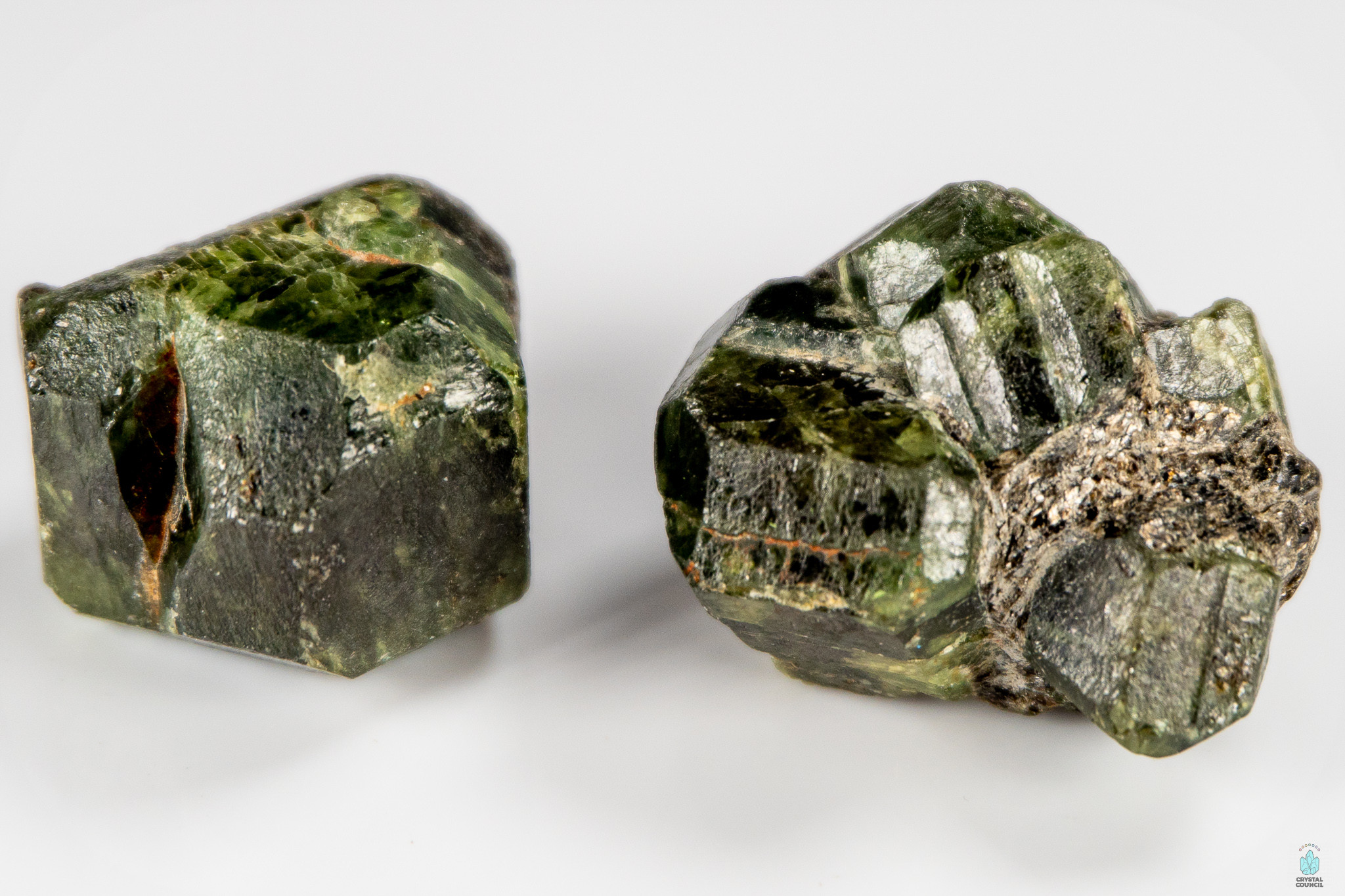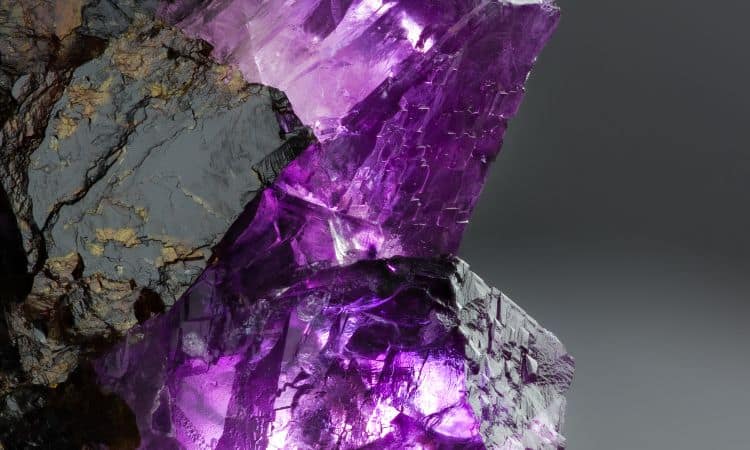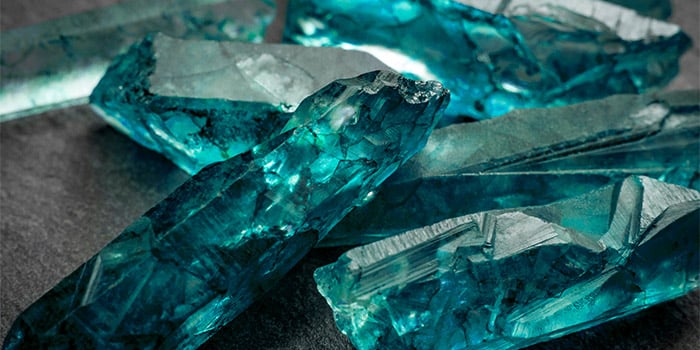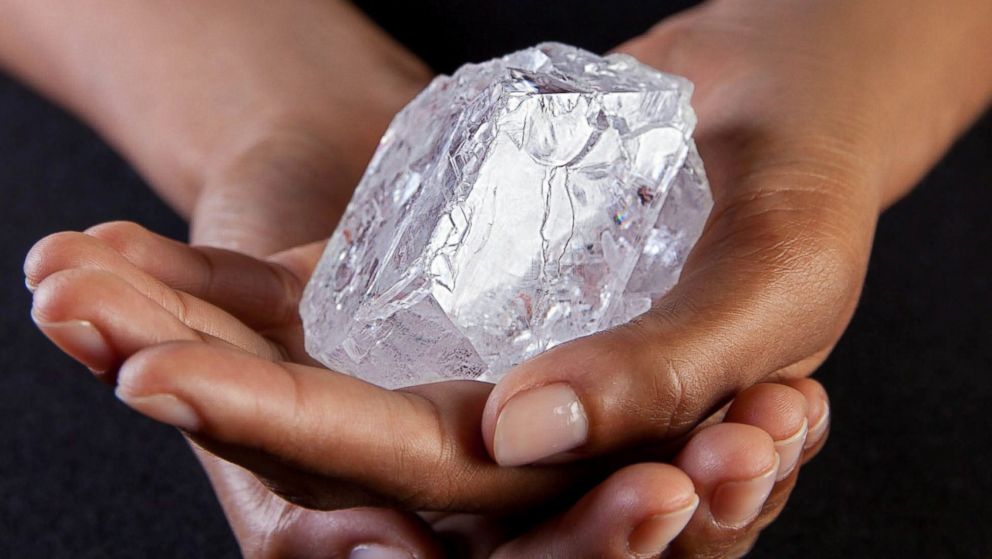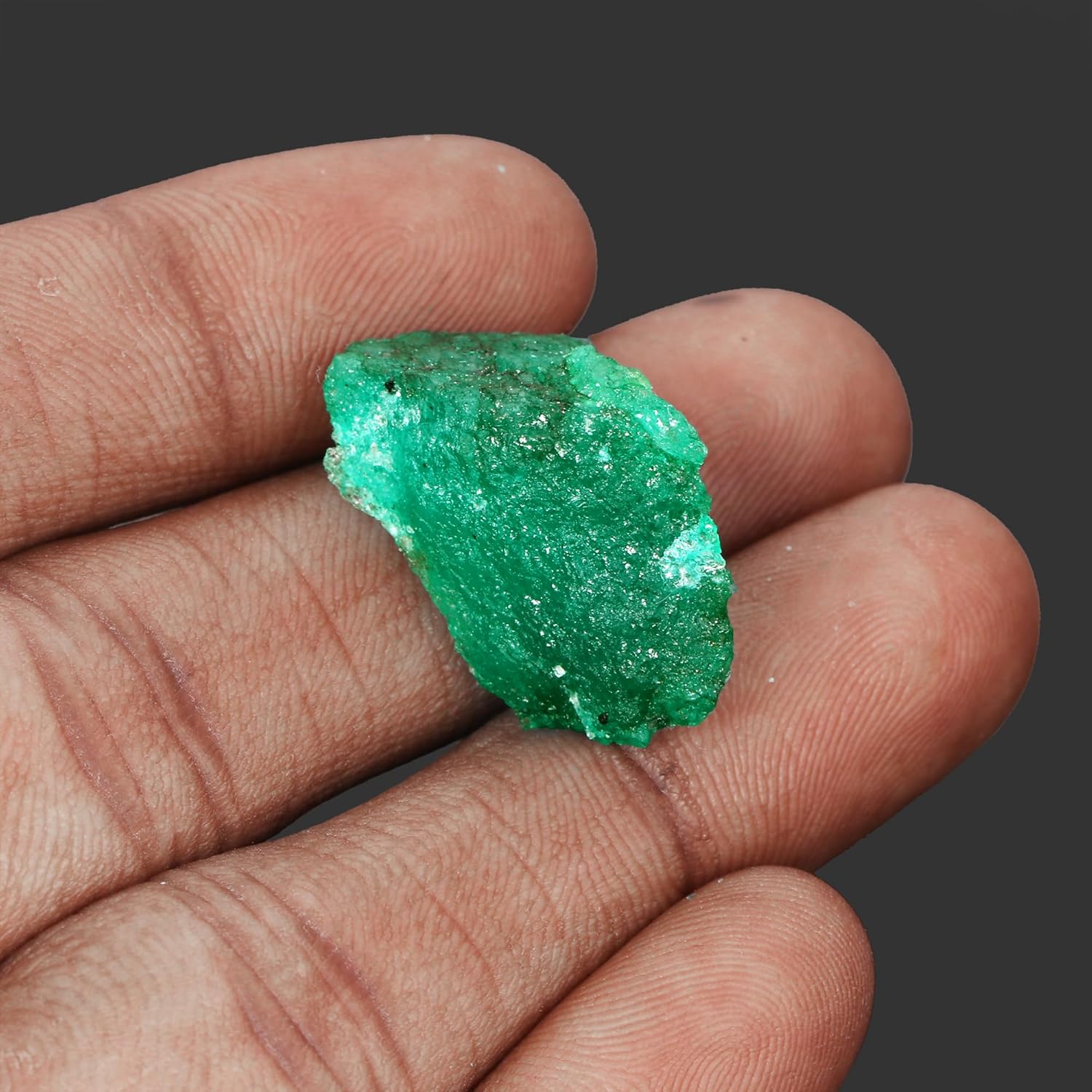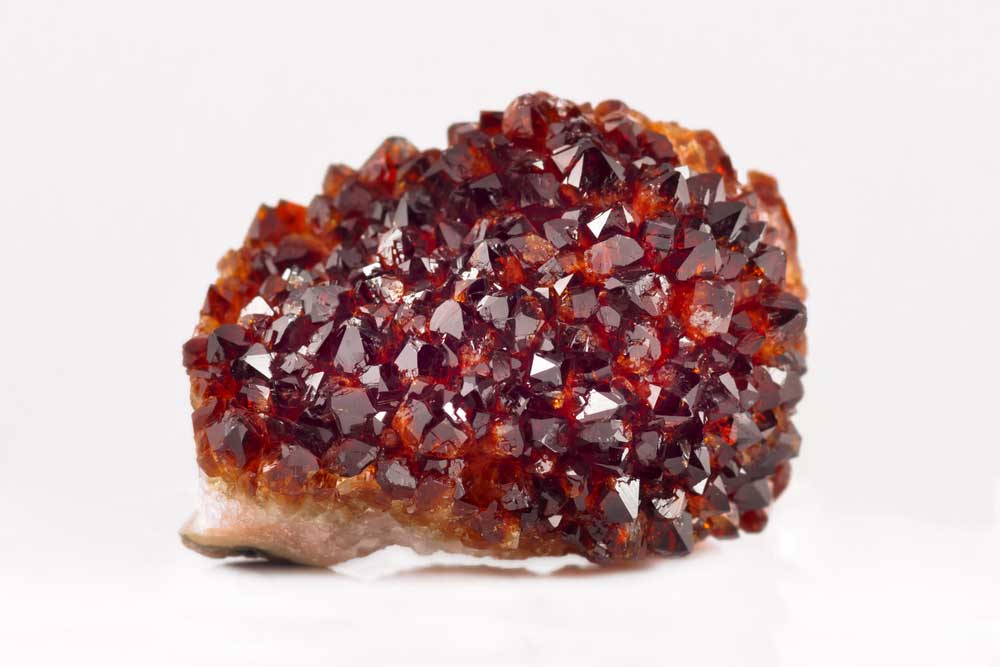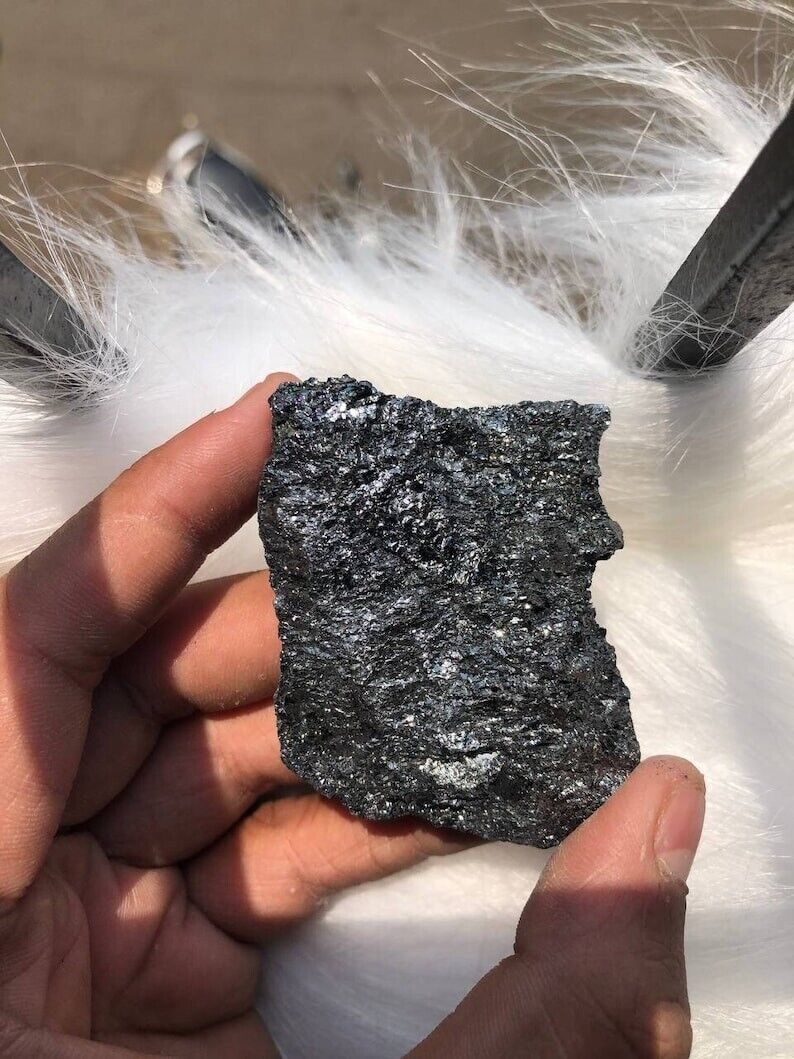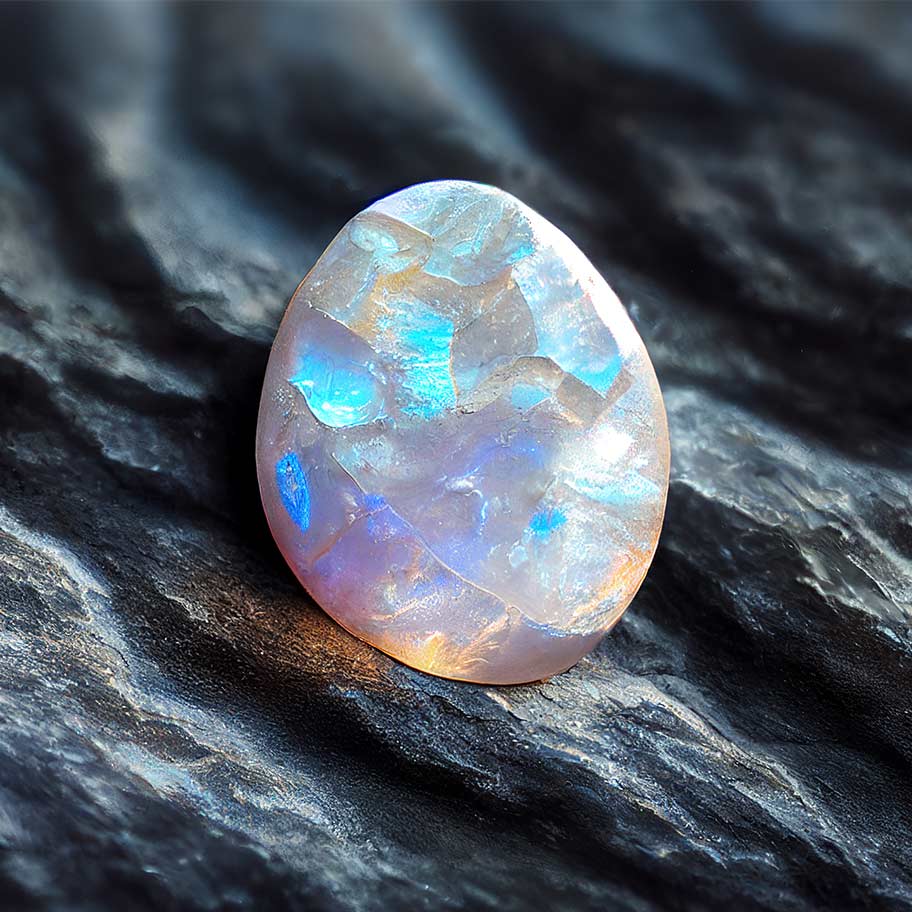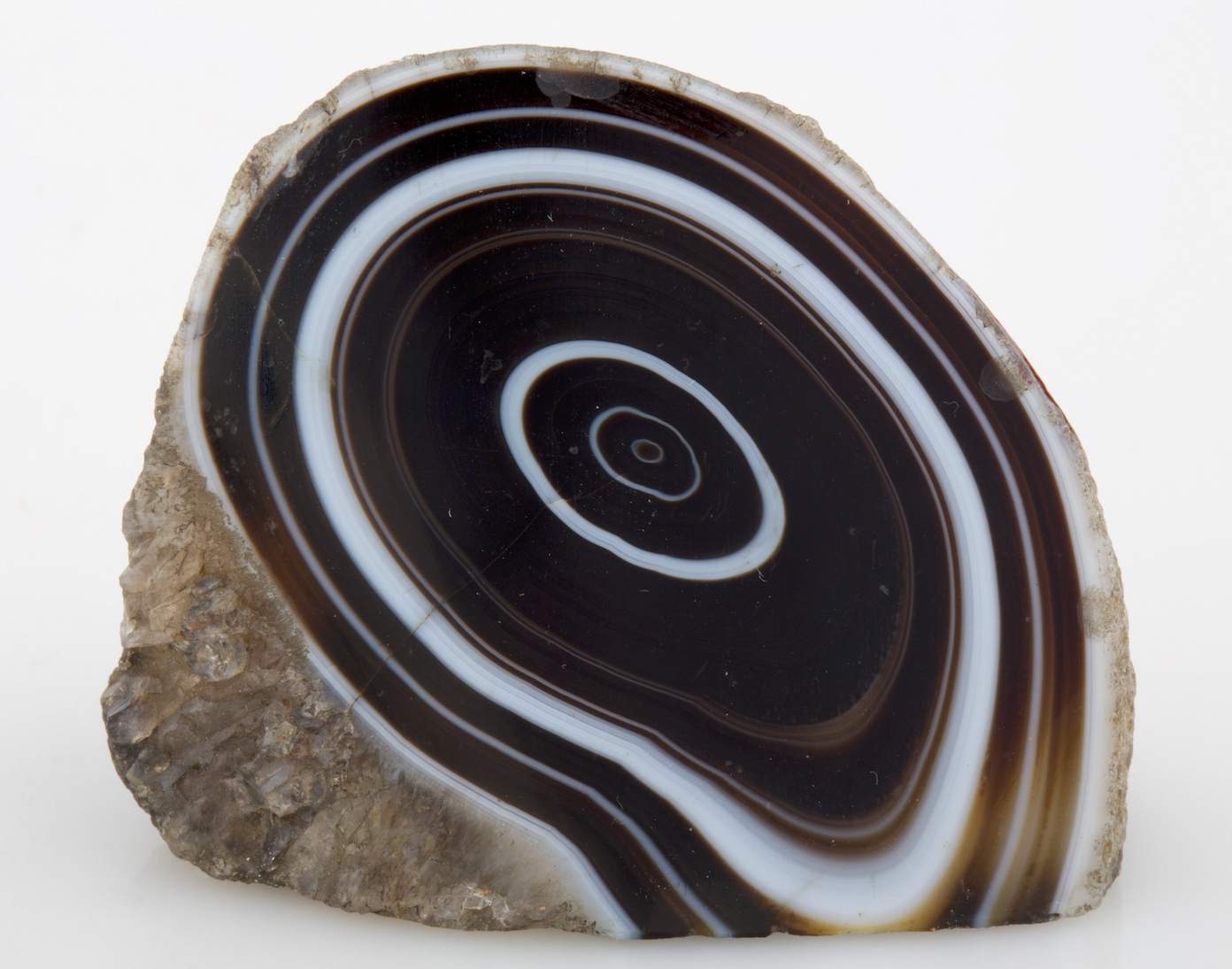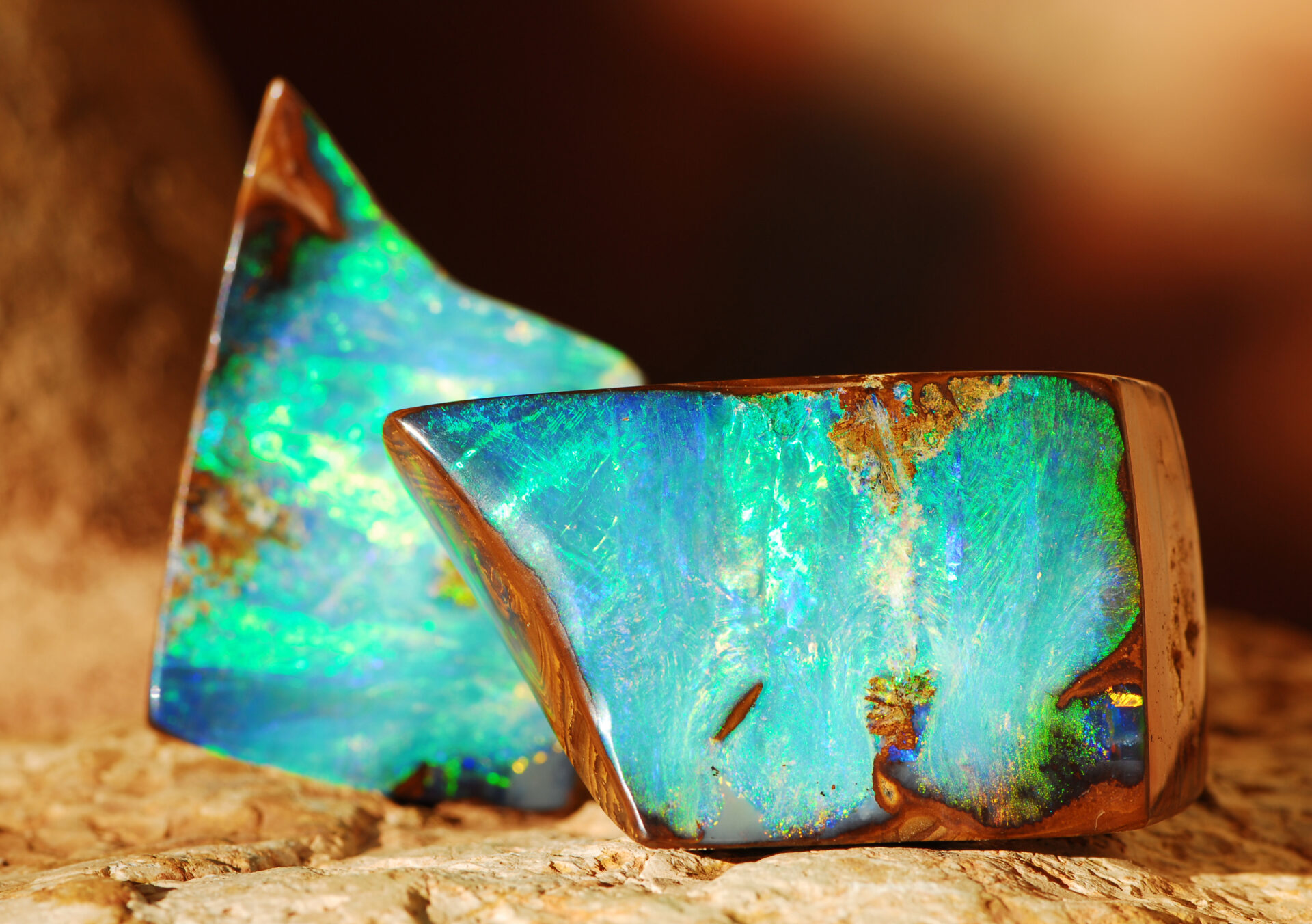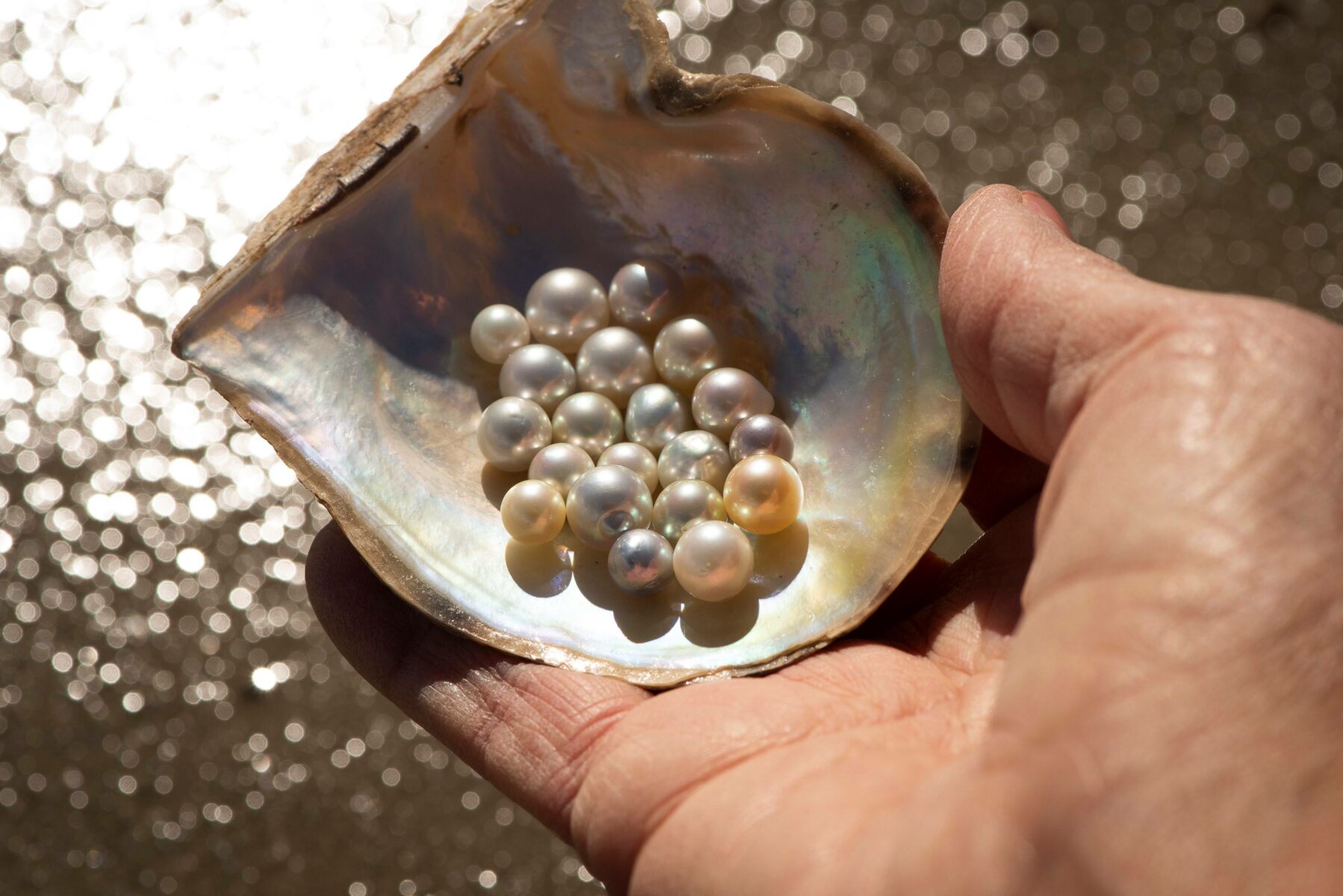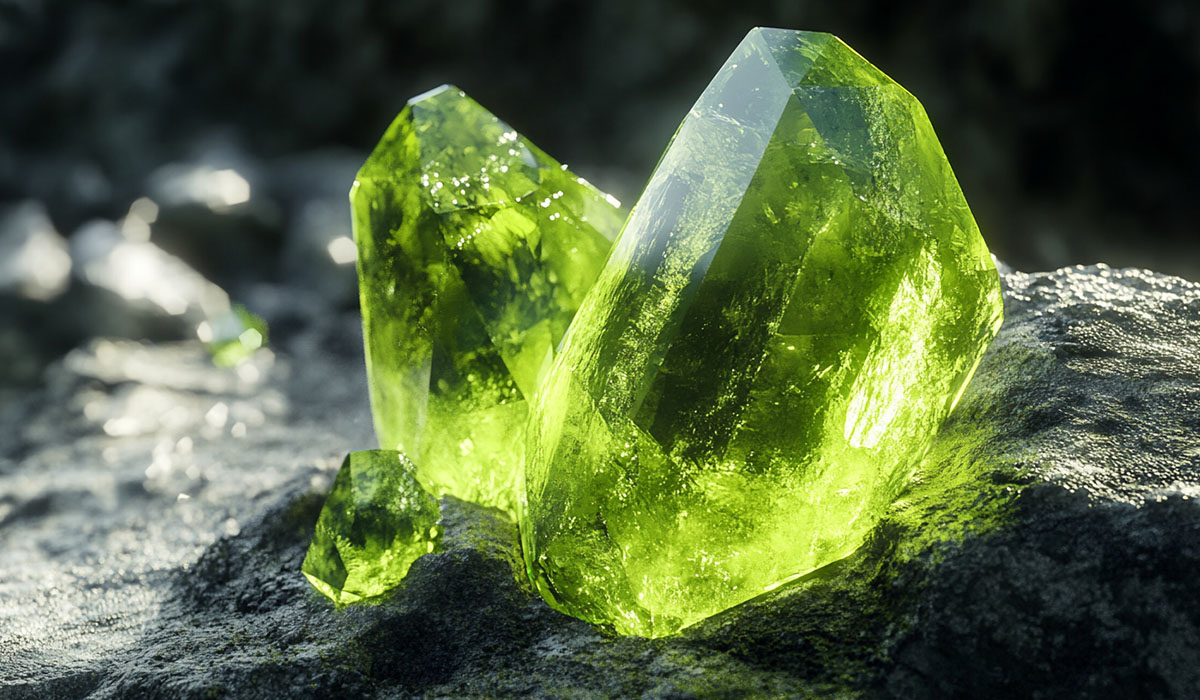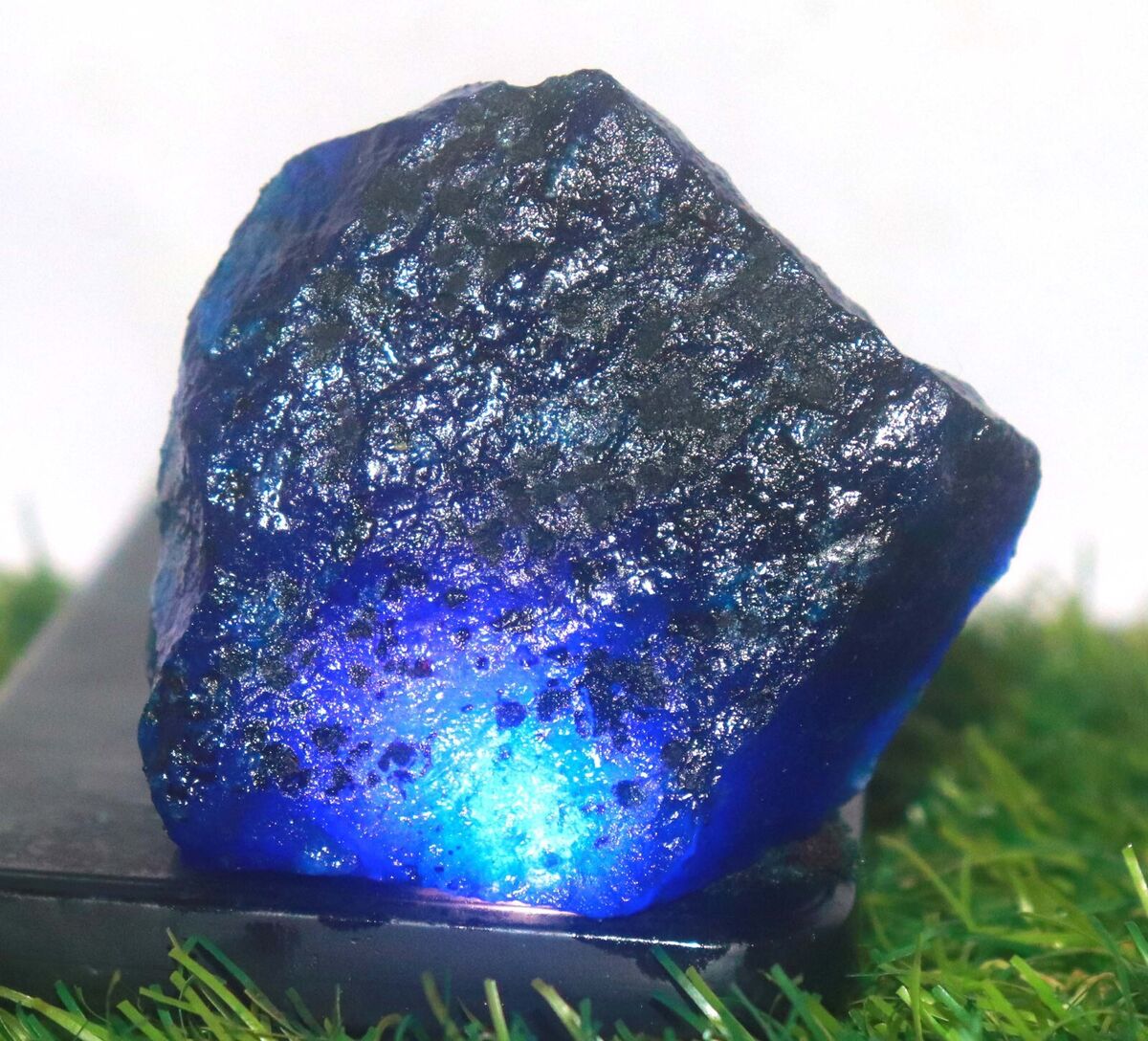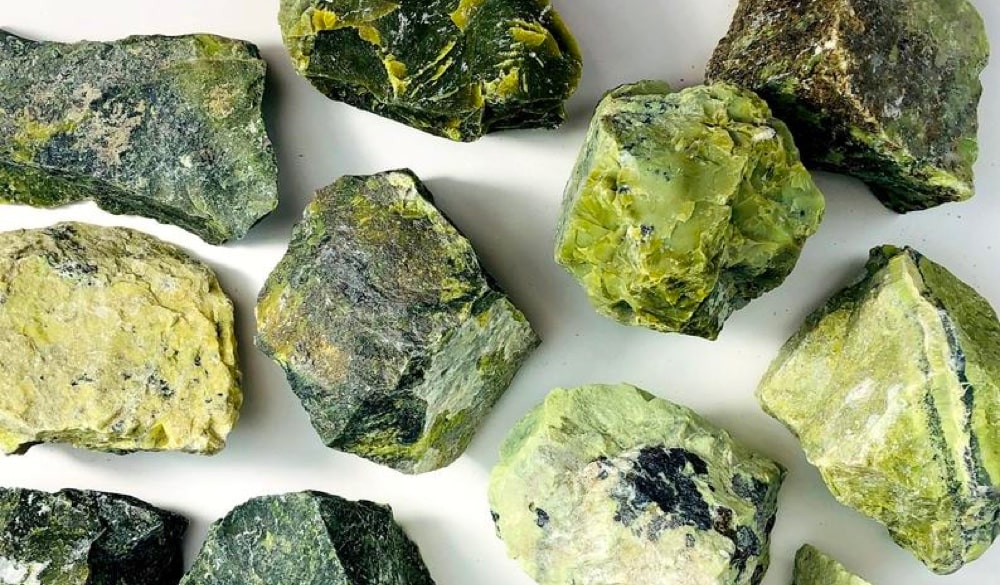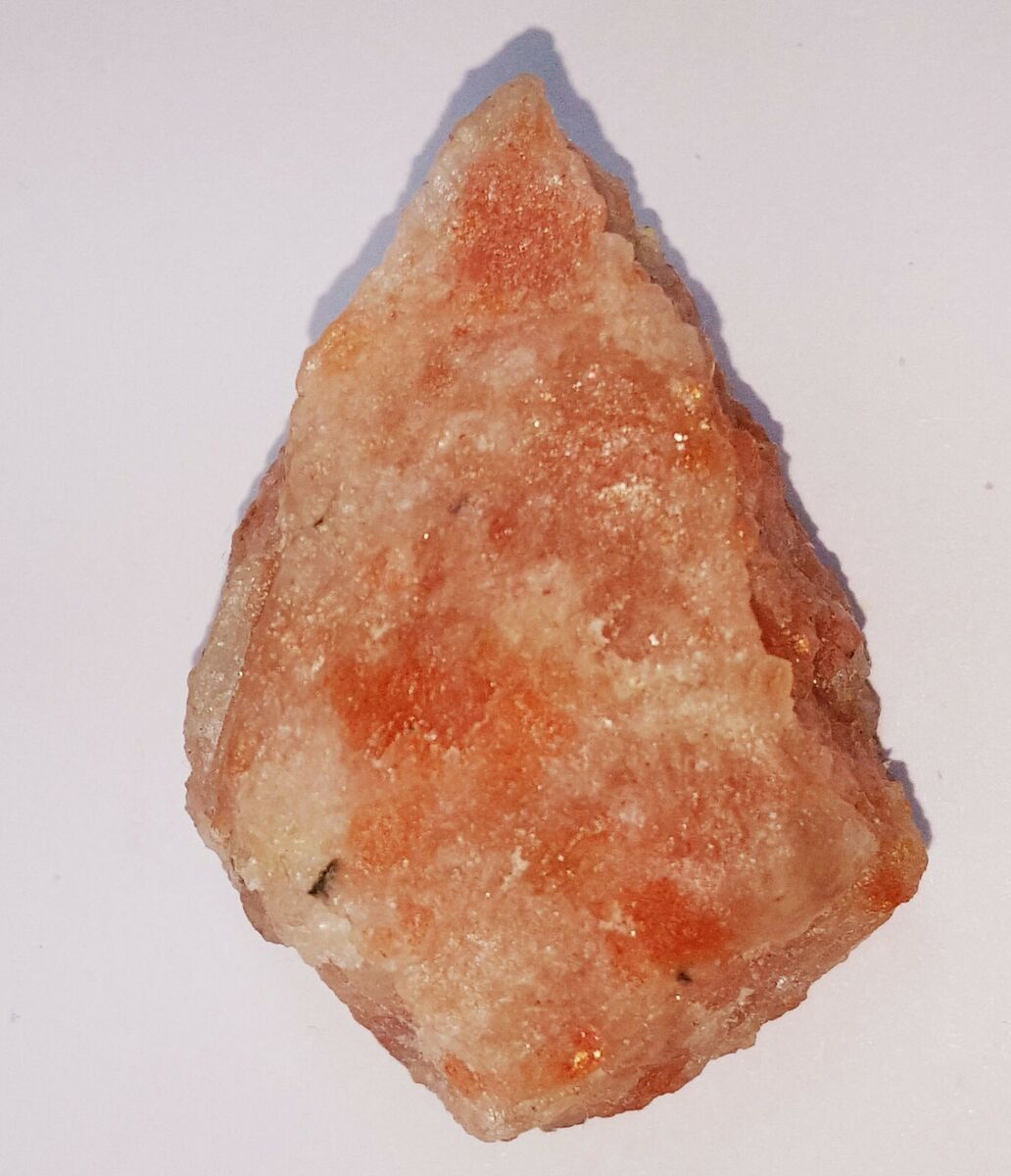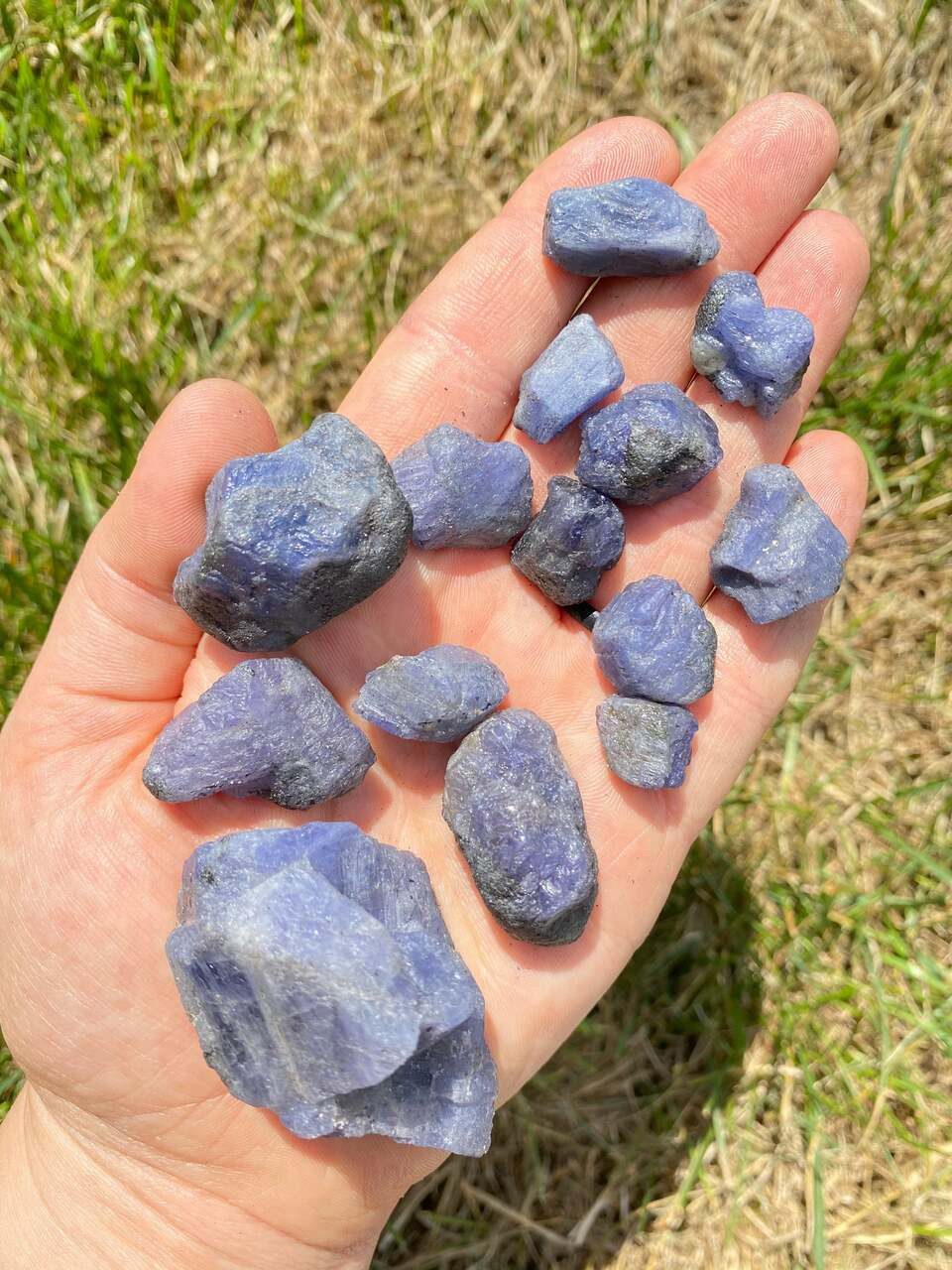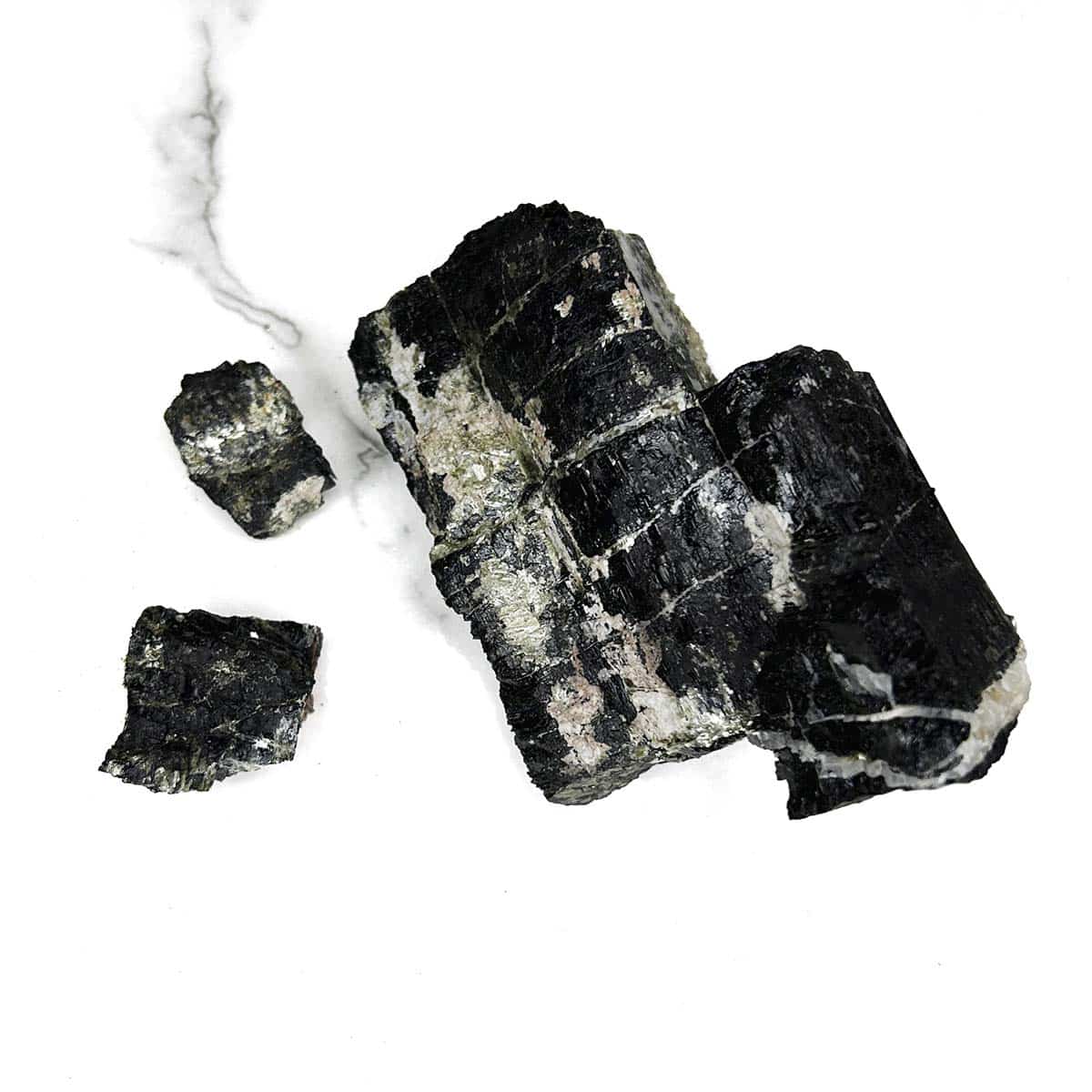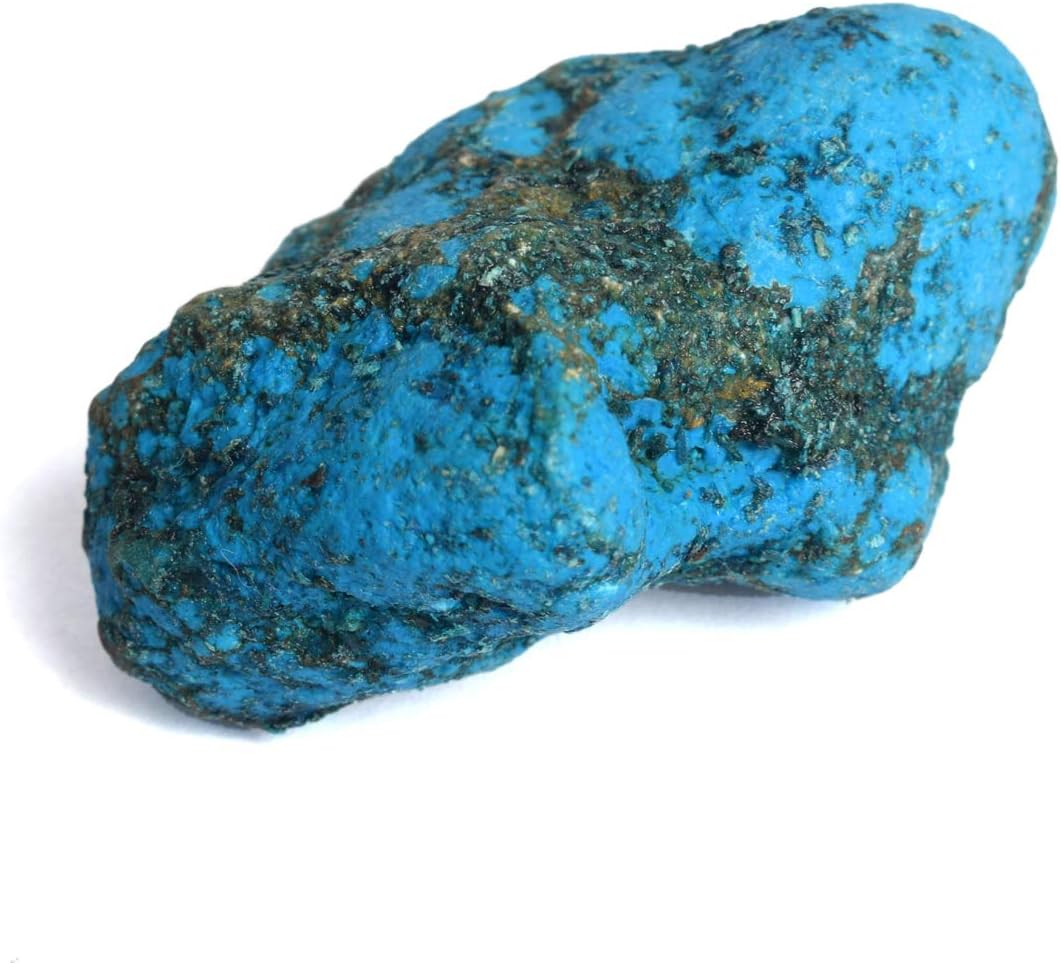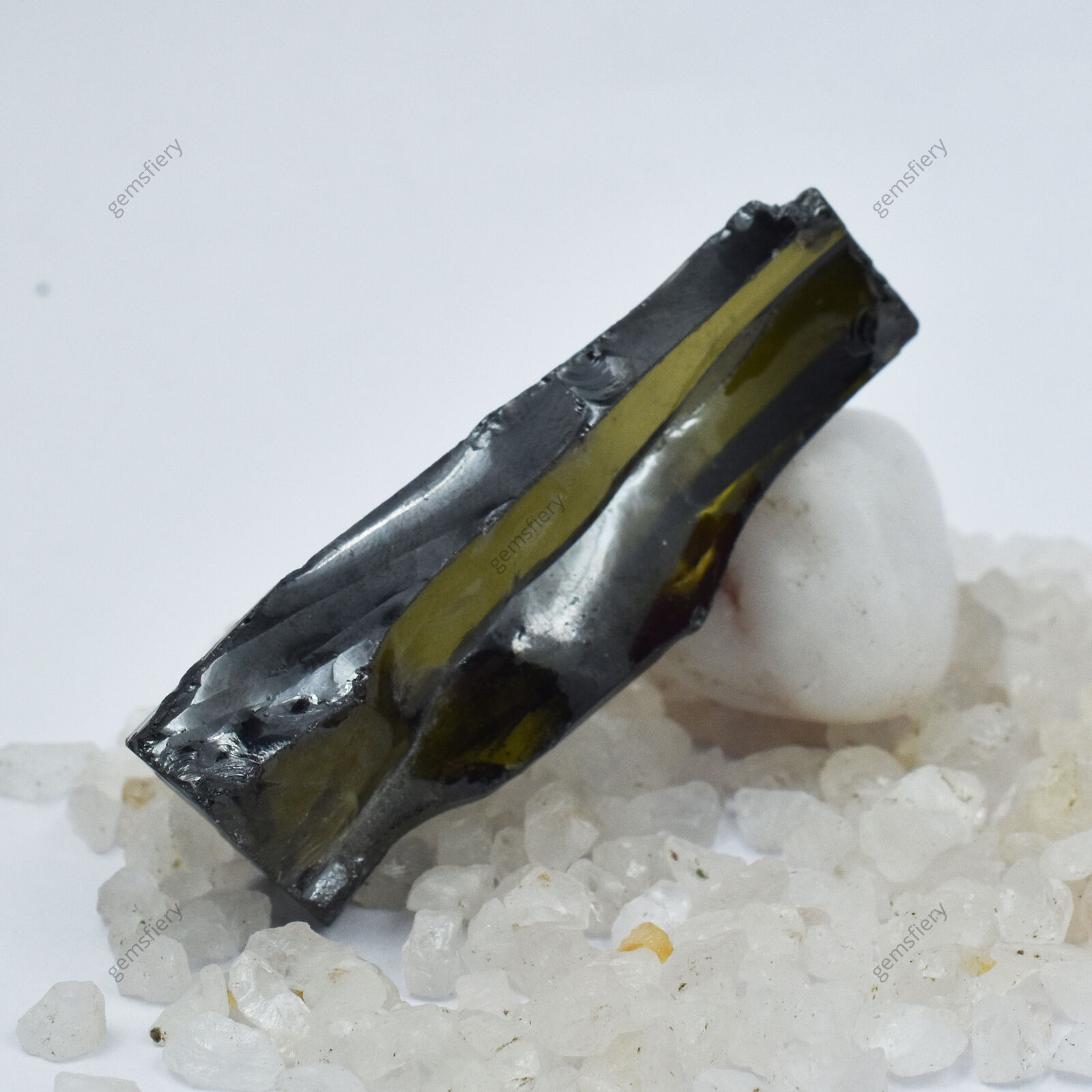![List Of 20 Raw And Valuable Gemstones With Pictures [2025]](https://www.grimballjewelers.com/wp-content/uploads/2025/02/d26ba4dffd486f12/list-of-raw-gemstones-with-pictures.jpeg)
Raw gemstones have always fascinated people because of their distinct qualities and inherent beauty. Their rich colors, complex textures, and intriguing shapes appeal to both collectors and enthusiasts. The wide variety of stones, their geological significance, and the unique characteristics that make each one genuinely remarkable may all be appreciated by exploring the world of these natural treasures.
Alexandrite
This gem works like magic! It belongs to the chrysoberyl family and changes color in response to light. It appears greenish-blue in daylight or fluorescent light, but turns reddish-purple under bulb or candlelight. This chilly appearance, known as the "Alexandrite effect," results from the gem's absorption of light. With a Mohs hardness rating of 8.5, it's also a fairly durable stone.
Amethyst
This stunning specimen is a form of quartz, or silicon dioxide, which is colored purple by minute iron particles and other substances. It comes in a variety of rich purple hues such as light lilac and deep violet, making it a popular choice for birthstone jewelrydue to its captivating and diverse shades.
It can occasionally change color, even turning orange or yellow when heated (then it's called citrine!). According to the ancient Greeks, amethyst may prevent excessive intoxication. Amethyst ranks 7 on the Mohs scale.
Aquamarine
Aquamarine is a member of the beryl family, which includes emeralds. Traces of iron give it its blue-green hue. Its Latin name means "seawater," which makes sense given how much it resembles a placid ocean. Sailors use this jewelry for good luck on their journeys. It has a Mohs rating of 7.5-8 and you can get your hands on it in various jewelry exhibition around the world.
Diamond
It is the hardest natural material on Earth (10 on the Mohs scale) and is made entirely of carbon. Under extreme heat and pressure, it forms deep within the Earth. Its ability to bend and disperse light is what gives it its glitter and "fire" - the ability to break light into hues. The "4Cs" - carat (weight), cut, color, and clarity - are used to assess diamonds.
Emerald
This precious, which belongs to the beryl family, receives its rich green hue from chromium and occasionally vanadium. Emeralds frequently feature little internal flaws that are referred to as "inclusions" or occasionally "jardin" (French for "garden"). With a Mohs rating of 7.5-8, it is somewhat softer than sapphires, rubies, and diamonds.
Garnet
Garnets are a class of minerals with a wide range of hues. They can be green (grossularite and uvarovite), orange (spessartine), or even colorless, but you most likely think of red (pyrope and almandine). For a very long time, garnets have been used in making jewelry. Depending on the type, they have a Mohs rating of 6.5 to 7.5.
Moissanite
Since silicon carbide is extremely scarce in nature, the majority of this gem is created in laboratories. It is even more well-known than diamonds for its amazing fire and glitter! At a Mohs rating of 9.25, it's also quite tough.
Moonstone
Moonstone, which belongs to the feldspar family, exhibits a cool shining effect known as "adularescence." Because of the way light bounces off internal layers, it appears as though light is flowing through the stone. White, gray, peach, and even rainbow are some of its color options. People associate it with traits like intuition and femininity. According to the Mohs scale, it is a 6-6.5.
Onyx
This type of chalcedony is distinguished by its parallel banding, which is frequently black and white. For millennia, it has been utilized for cameos and intaglios. Onyx is linked to self-control, strength, and stability. According to the Mohs scale, it is a 6.5-7.
Opal
Opals are special because they are composed of hydrated silica rather than crystals. Light bending when it strikes small spheres within is what causes them to flash different hues (a phenomenon known as "play-of-color"). White, black, fire, and boulder opals are among the several varieties of opals. At 5.5 to 6.5 on the Mohs scale, they are softer than most stones.
Pearl
As organic gems, pearls are derived from living organisms, particularly mollusks such as mussels and oysters. They are composed of calcium carbonate (nacre) layers that accumulate around a small irritation. Their smooth shape, iridescent colors, and sheen make them incredibly popular. With a Mohs rating of 2.5 to 4.5, they are one of the softest stones.
Peridot
This gem is a kind of olivine, and iron is what gives it its green hue. The fact that it is only available in one color, different colors of green, makes it one of the rare treasures. It is associated with light, luck, and wealth. It has a Mohs ratings of 6.5-7.
Ruby
Chromium is the element that gives this red corundum its vivid red color. Having a Mohs rating of 9, it is considered one of the hardest diamonds and is highly valued for its rich hue.
Sapphire
Sapphires, which are also members of the corundum family, are available in all colors except red, which is ruby. Titanium and iron give blue sapphires their hue. Similar to rubies, they have a Mohs hardness of 9.
Serpentine
There are several different colors of this category of minerals, such as green, yellow, brown, and black. It frequently appears patterned or speckled. Serpentine is linked to safety, stability, and a sense of connectedness to the natural world. Depending on the type, it has a Mohs rating of 2.5 to 5.5.
Sunstone
Tiny metallic inclusions—typically copper—give this feldspar gem its brilliance and produce a shimmering look known as "aventurescence." Usually, it's golden, reddish-brown, or orange. Sunstone is linked to happiness, hope, and leadership. According to the Mohs scale, it is a 6-6.5.
You might like: Stunning Brown Gemstones
Tanzanite
This gem is a kind of zoisite and was discovered in Tanzania in the late 1960s. It is trichroic, meaning that depending on your perspective, it displays three distinct colors: blue, violet, and reddish-brown. The blue becomes more vivid when heated. According to the Mohs scale, it is a 6.5-7.
Tourmaline
This intricate material is available in a vast array of hues, frequently occurring in the same stone! We refer to this as pleochroism. Different trace elements are responsible for the various colors. According to the Mohs scale, it is a 7–7.5.
Turquoise
This gem's stunning blue-green hue is well-known. It frequently appears with fragments of the matrix of rock in which it developed. It has been incorporated into jewelry for thousands of years. On the Mohs scale, it is a 5–6.
Zircon
Although zircon is available in several colors, blue is the most frequently used color in jewelry. It is occasionally mistaken for artificial cubic zirconia. Zircon is usually sparkly and dazzles in the light. According to the Mohs scale, it is a 6-7.5.
Frequently Asked Questions
What Tools Are Needed For Gemstone Cutting?
You will need a trim saw, faceting machine, polishing lap, and various grits of abrasive.
How Can I Test The Hardness Of A Gemstone?
Test the hardness of a gemstone by scratching it with a quartz or a steel file.
What Is The Best Way To Clean Raw Gemstones?
Gently scrub with a soft brush and mild soap, then rinse thoroughly with water.
Are Raw Gemstones More Valuable Than Polished Ones?
The value of a stone is based on several factors such as the rarity, size, and market demand. However both raw and polished stones are valuable.
How Do I Store Raw Gemstones To Prevent Damage?
Keep them separately in soft cloth bags or compartments to prevent contact with other stones.
Can Raw Gemstones Be Used In Jewelry?
They are frequently used to create a rustic, natural style, but their longevity may need particular settings.
Conclusion
The beauty of raw gemstones is evidence of the creative power of the Earth. Every stone has a certain allure in its unaltered state that appeals to people who respect genuineness and organic beauty.
It becomes evident that these natural wonders are more than just minerals as you consider the wide variety of raw jewels on display; they are fragments of Earth's past preserved in breathtaking detail.
